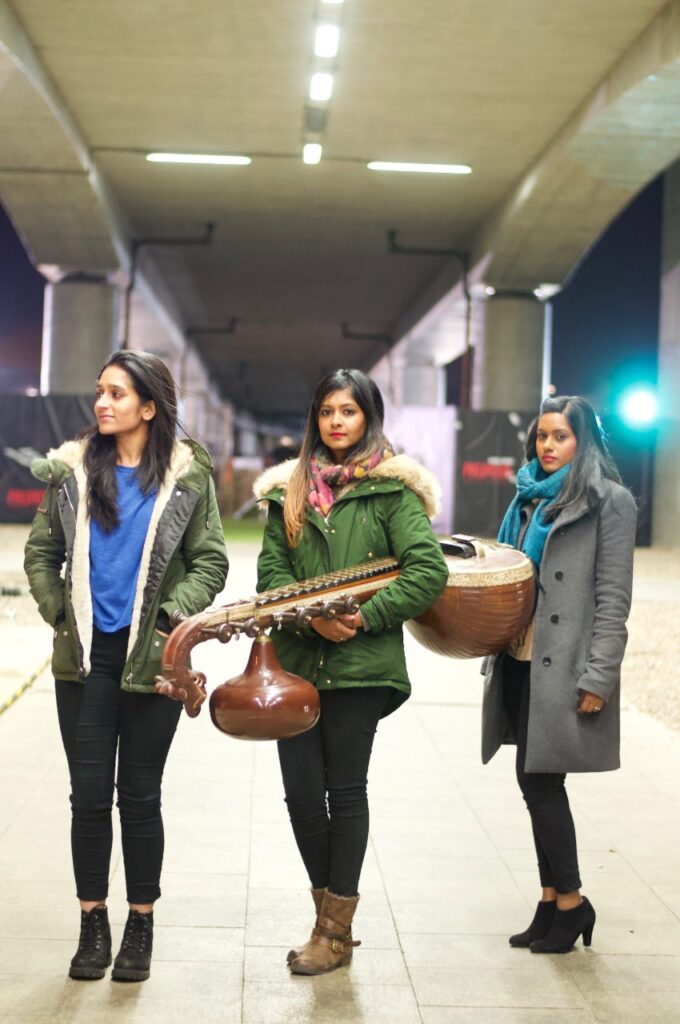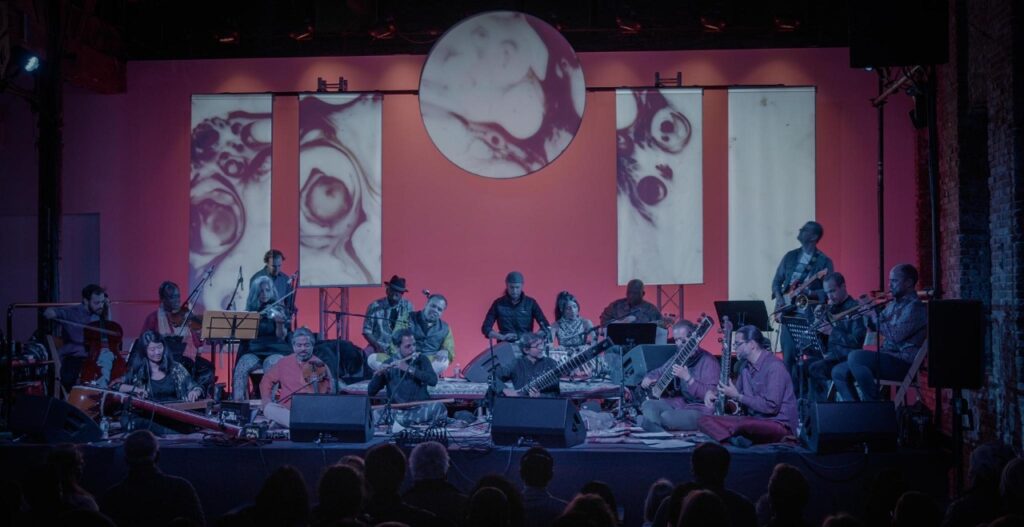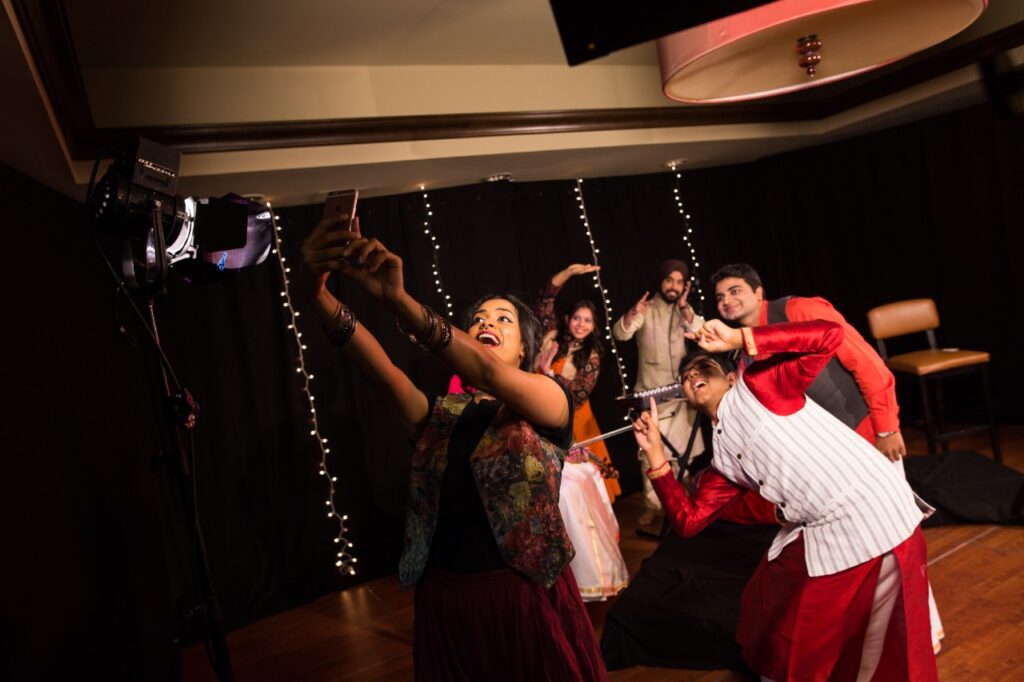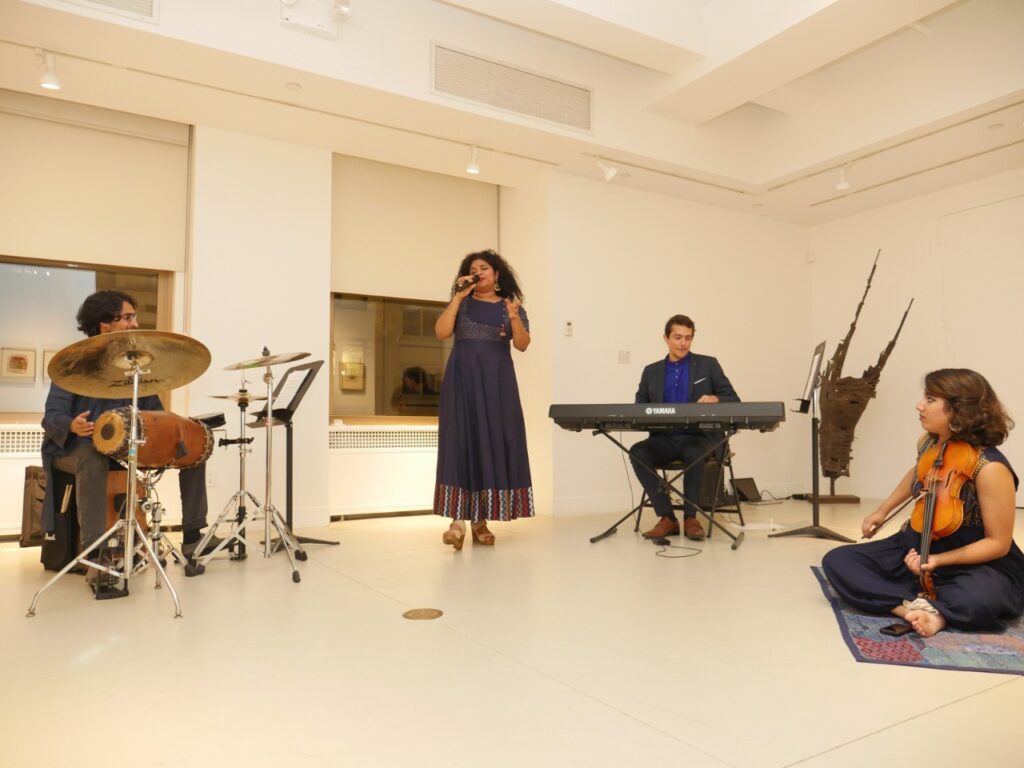Making classical music more ‘hip’
Classical music the world over has always been a niche field. Indian Classical Music, thanks to the geographical stamp, has an even smaller following. Many construe it as rather exclusive and inaccessible to the layperson with its staid and prim and proper image and a perception of rigid rules for everything from dress to conduct and behaviour. But, over the years, this music has opened up to new ideas and exchanges. Musicians are excited about collaborating across geographical borders and genres. This undeniably has widened its reach and appeal. With a good following around the world today, we have been seeing several youngsters of Indian origin turning into serious enthusiasts and Indian organisations abroad promoting classical music in diverse and unconventional ways.
A version of this article appeared in The Hindu newspaper dated June 3rd, 2022. This is part of the Kalpalata Fellowship for Classical Music Writings for 2022. My thanks to Dr. Ranjan Vasudevan, Ms. Kiruthika Nadarajah and Sri. Akshay Anantapadmanabhan for their assistance.

Photo courtesy: Hardial Rai
In Cincinnati, Dr. Kanniks Kannikeswaran, as early as in the mid-1990s, orchestrated extensive choral arrangements of Indian lyrics and rAga-s with Western ensembles which soon crisscrossed the USA and the world and reached large sections of the uninitiated public. In the past decade or so, Roopa Mahadevan, Aditya Prakash, ZerOclassikal, Brooklyn Raga Massive, and Indian Raga Labs have thought through multiple potential barriers to dissemination and worked methodically on making this art more accessible and welcoming to others.
“I was confident that if people had access to the music, they would like it,” says Brooklyn Raga Massive’s (BRM) Arun Ramamurthy who was born and raised in the United States. He began Carnatic Sundays, a weekly program at New York city’s Cornelia Street Café in Greenwich Village, rated one of the best places in the world to listen to jazz. It featured traditional kutcheris of mostly tri-state (New York, New Jersey, Connecticut) musicians of standard. The cosmopolitan audience had a lot of young people, South Asian and otherwise, those familiar with the music and not. “Concerts would become part workshop with questions raised mid-concert,” says Arun. ZerOclassikal, a non-profit, was begun in London to ‘offer a radical approach to south Asian classical music by facilitating progressions, experiments and developments in the genre.’ Its programs too have been mostly in alternate auspices, like Café OTO, one of the country’s most progressive venues for music. In fact, some of the more traditional venues have been resistant to them. “We are perceived as the punks of the industry,” says Hardial Rai, ZerOclassikal’s founder.
Accessibility sans any barriers is very important to both Arun and Hardial and alternate venues fostered a more welcoming environment to diverse demographics. “Gender, caste, sexual orientation, nothing should matter,” says Arun. Conventionally, quality Indian Classical Music is rarely offered alongside refreshments. But entities like BRM actually prefer performance venues that offer food and drink. San Francisco born and raised Roopa Mahadevan, headliner of the band Roopa in Flux says, “To casually eat a plate of pasta and drink a glass of wine while listening to a rAgam tAnam pallavi is so meaningful to second generation dEsi-s like me.”

Photo courtesy: Adrien Tillman via Arun Ramamurthy
A closely related aspect is the dress code. “It was one of the first things we did away with. No sarees or kurtas required,” says Hardial. “We wanted to break what is almost a cultural imposition.” Wear what you normally do, he told the performers. “Why should they carry that baggage to the stage? They do not wear those clothes in daily life. It should be only about music.” The daily-wear dress code could very well make the music seem ‘normal’ and less ‘exotic’ in a country where, Hardial says, most view South-Asian classical music only as restaurant music. However, “many parents insisted that their children wear traditional attire to programs,” says Sriram Emani of Indian Raga Labs, explaining that he too encouraged casual clothing for his productions. “They said you can do what you want as adults, but we want our children to follow convention.”
It was Sriram’s burning desire to familiarise average Indians with the rudiments of Indian classical arts that resulted in Indian Raga Labs’ now ubiquitous choreographed YouTube videos. Understanding ever shortening attention spans of online viewers, the video feature high quality sound and imagery and are mostly only about 3 minutes long. This US corporation (with London and Singapore chapters) now caters to today’s entire gamut of desire in classical arts. Validation via Certification, opportunities to jam with others, competing via monthly thematic competitions, exposure for the most skilled musicians and learning and teaching are all available fee-based services. BRM, a USA non-profit organisation, is soon entering local area schools as an outreach initiative, with a tailormade performance-based music curriculum.

Photo courtesy: Sriram Emani
Lineage, referred to variously as bani, gharana, vazhi and taleem, is a lynchpin of Indian Classical Music. However, that musical ancestry exerts a pressure that constantly weighs on the minds of artistes who agonise over how free in expression they actually can be. “What is Carnatic to me? Is it impersonal, ancient, not of me? I constantly ponder,” says Los Angeles based Aditya Prakash of the Aditya Prakash Ensemble. Hardial says, “Teaching is in the self-interest of the Guru who decides when to release a student.” ZerOclassikal strongly urges its musicians to break out of hierarchical shackles and creatively unencumber themselves of their Gurus and lineage. “We want their authentic expression, their emotion and feelings. Not a recital of technical expertise.”
For artistes born and raised abroad, creativity that bridges the exposure they have had with the art they have learned is a crucial aspect of self-expression. Roopa Mahadevan was heavily influenced by “big voices with a lot of feel” like Mariah Carey, Whitney Houston and the African American soul tradition. Aditya has been inspired by collaborations with sitar maestro Ravi Shankar, dancer Akram Khan, Armenian Jazz Pianist Tigran Hamasyan, Anoushka Shankar and more.
“Just rethinking format opens up a different space in the mind. As T.M. Krishna says, if we strip it of all its paraphernalia, Carnatic music is just rAga (melody), tALa (rhythm) and sAhitya (lyrics),” Aditya remarks. His piece, Lord of the Cave, illustrates a fluid interweaving of traditional Carnatic elements with western instrumentation and mridangam – starting from very bass vocalisations, he builds up rAgam kIravANi using Appayya Dikshitar’s Moulou Ganga which transforms from words to notes, then words alternating with tAnam to notes to words etc. It is definitely unconventional but neither is it incongruent. Indeed, format becomes liquidly amorphous for crossover artistes. “I might begin with the cover of an English song interlaced with an AlApana, for example,” Roopa says. Both Aditya and Roopa are full-time musicians who have spent significant time learning directly from stalwart teachers in India.
Various implicit conventions prevail too, in Indian Classical Music, like women being discouraged from using their body freely. Roopa, however, takes her audience along with vivacious and expressive singing, perhaps taking a leaf from her Bharatanatyam training. “We are constantly told ‘adakka odukkamA irukkaNum’ (one should be restrained in movements). But it is very difficult to rein oneself in amidst creative outpourings,” she says. Probably why some leading male singers vociferously move? “I have been told I do abhinayam (the art of expression in dance) when I sing,” she smiles.

The music comes with long-held rules that are very difficult to break for those ingrained in it. Carnatic musicians essentially sing covers and composing one’s own lyrics (except for pallavi-s) is generally frowned upon. ZerOclassikal funds musicians to create all new classical repertoire with modern imagery and aesthetics. In 2021, over 70% of their commissioned artistes were non-South Asian in origin. As heartening as that statistic is, it illustrates the difficulty the south Asian diaspora has with the concept of writing totally new work vs. tuning or arranging existing lyrics. Both Roopa and Aditya grapple with it. “I find it very difficult to sing in English,” says Aditya candidly. For Roopa, “Imitating others is not hard but composing is a challenge.” But new repertoire reflecting today’s problems and sensibilities is critical, stress both Sriram and Hardial. Indian Raga Labs has already put out original work reflecting LGBTQIA, cancer and mental health issues.
Incorporating different instrumentation is a quick and painless way to bridge the classical and popular music divide. Dr. Kanniks Kannikeswaran realised its potential. He trained several singers for a chorus featuring traditional Indian lyrics set to classical ragas with Indian and Western instrumentation. In the 1990s, with no precursors, it was pathbreaking. It soon evolved into Shanti where the universal theme of Peace was explored with hundreds of participants that performed across the United States, Europe and India, roping in local orchestras with visual elements like dance as well. The programs were presented to packed audiences, of south Asian origin and otherwise, to deafening applause and standing ovations. Visibly moved audience members said Shanti touched them viscerally and gave them hitherto unknown insights into Indian culture. Through many innovative, often socially inspired projects that frequently feature star musicians, Kanniks continues to successfully bring disparate groups of people together on and off the stage through the oeuvre of Indian Classical Music.
Something about instruments like guitar and keyboard makes music seem accessible to anyone. Brooklyn Raga Massive’s uninterrupted weekly classical concerts followed by open jam sessions (from 2012-2020, recently resumed monthly) quickly became global music that is rAga inspired, Arun’s preferred inclusive term. BRM has since performed rAga and rAga inspired music at leading auspices like the Lincoln Center, Kennedy Center etc. In Baadal dvaar se nazar, a commissioned piece for ZerOclassikal, sarodiya William Rees Hoffman completely dispenses with the tabla, bringing in viola player Benedict Taylor who keeps rhythm. Lost Ragas by Guiliano Modarelli explores some little heard Hindustani rAga-s with entirely western instrumentation – a saxophone, a synthesiser, drums and keyboard while Modarelli himself plays the electric guitar. Roopa and Aditya routinely use western and Indian instrumentation, exploring different arrangements and feels in their music.

Travel indeed expands horizons and exploring progression and change in traditional arts can be easier when away from the thick of things. Venues, dress codes, instrumentation, formats and accessibility are all undergoing rethinks even as the counterweight of tradition exerts itself in tandem. A ‘cool’ factor is definitely creeping in though, with the many initiatives. Especially among the younger demographic, Indian Classical Arts might well be undergoing a renaissance, set to reveal intriguing new shades in the long-standing old.